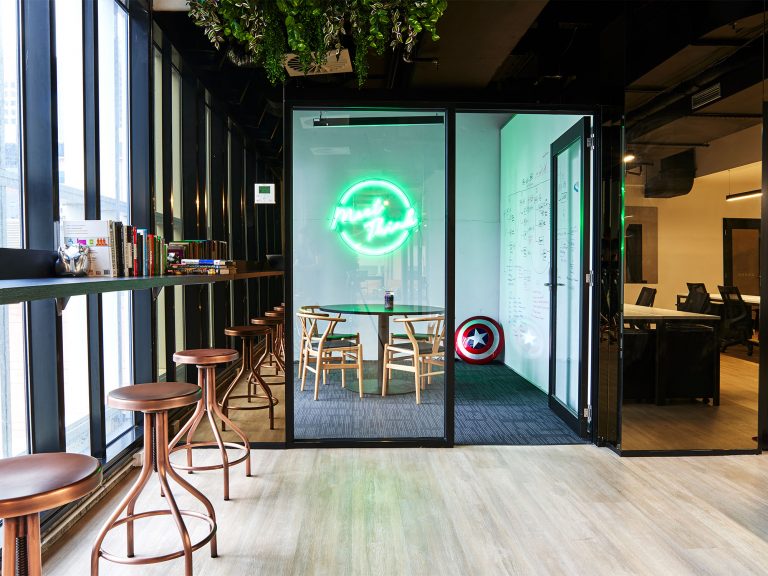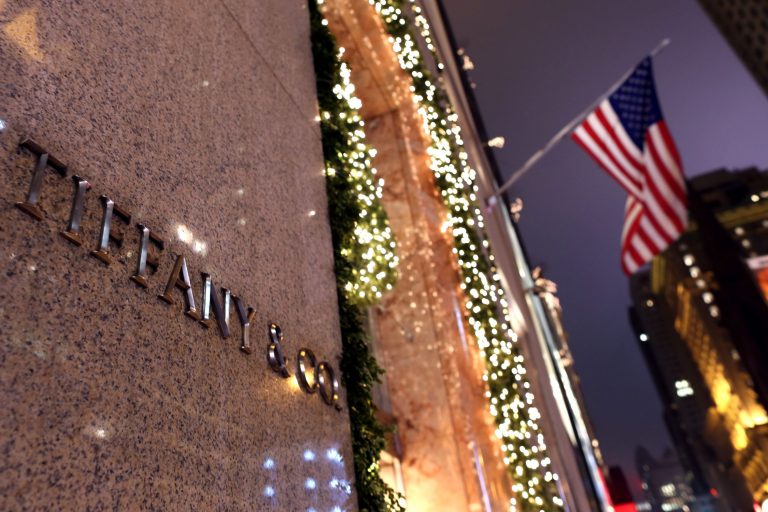9 things to remember when taking out a commercial lease

Failing to do your due diligence on a commercial property lease could see your business fail before it’s barely begun.
While commercial agreements can be daunting for their size alone – with some stretching up to 170 pages – industry experts recommend examining crucial points before signing on the dotted line.
Here’s why.
1. Check if the rent is fair

Expect regular rent reviews based on market conditions or the Consumer Price Index [CPI]. Picture: Getty
But while this increase will occur regularly, tenants should always double-check the conditions regarding how and when their rents will change as well as what the changes are based on.
“Make sure you understand what a review period might look like and what your options are,” Luke Boulden of Ray White’s Commercial Gold Coast agency advised.
“Reviews and changes are not always fixed and although generally speaking, commercial landlords are always looking for a market review, this change can go both ways.
“For example, the market rate might be $400 per sqm and you’re on 4% increases over the course of five years.
“But the market doesn’t always necessarily move by 4% so by the time you get to the end of your term, you might actually be paying more than what the market projects.”
Mr Boulden said understanding marketing incentives may help alleviate these issues.
As well, commercial tenants should ask landlords about exactly what rent they’ll be paying for a space and whether this figure includes common areas such as hallways, bathrooms and elevators.
Read more: Commercial lease agreements: What you need to know
2. List all of the upfront costs
The largest upfront costs include legal fees and possibly having to pay three to six months rent in advance, according to Mr Boulden.

Many first-time commercial tenants forget to include major upfront lease costs. Picture: Getty
“We do find a lot of time that mum and dad investors haven’t always accounted for this cost,” he said.
“Tenants should therefore ensure they had a full grasp of these issues.”
3. Ask the landlord before making any changes
You can make changes to the property, but commercial tenants will need to seek landlord approval to do so.
At the same time, check whether you or the landlord will pay for any changes or improvements and ensure these details are stipulated in your lease agreement.
“You can repaint the whole premise if you want or repaint just a wall but everything you do needs landlord approval,” Mr Boulden said.
However, fit-outs can definitely be financially grey areas, regardless of whether they are based on an existing, turnkey or spec design.
“Ask who owns the fit-out,” Mr Boulden said.
“If a tenant is negotiating on a lease and the landlord agrees on an incentive such as contributing towards the fit-out, is it then assumed that the landlord owns the fit-out?
“Or if you’ve done the whole fit-out yourself, is it your fit-out?”
Read more: 6 steps to avoid issues in your commercial lease
4. Examine the make good clause closely
A make good clause requires the tenant to return the property to its original plan and design when their lease ends.
However, while these clauses are an important detail in commercial lease agreements, they’re often barely mentioned by leasing agents and tenant representatives, according to Jordan Smith of Savills Australia.
“These people may mention it but it’s probably more a clause that’s handed over to the asset managers once the agreement is signed off on,” he said.
“This means the tenant has to bear with it from start to finish.
“So, don’t get caught out by it and make sure you have a clear understanding about the specific make good requirements prior to the lease being signed off.”
Mr Smith explained that make good clauses saw landlords typically propose the removal of tenant property only; returning the property to the condition it was in at the time of the lease’s commencement; or returning the premises to a base building standard, or in other words, completely stripping it back to a cold shell.
Another option was for the landlord to simply require a large cash settlement.
5. Clarify who is responsible for what details
Commercial tenants pay virtually all of their property’s outgoings including utilities, council rates and taxes as well as general repairs and maintenance.

Commercial lease agreements will see tenants paying for almost all of a premise’s outgoings. Picture: Getty
However, landlords will generally pay for all infrastructure issues relating to the building itself.
“You can assume that all the fixtures and fittings in a premise are the landlord’s obligation,” Mr Boulden explained.
He added that air conditioning systems could be another difficult issue for tenants to contend with.
“Tenants are generally liable for servicing these systems but they should ensure the landlord is providing 100% operational capacity of the system, ensuring that it works as it should,” he said.
“If any maintenance or repairs are needed, the landlord is responsible.”
Evade error: 6 steps to avoid issues in your commercial lease
6. Check the time frame
As a rule, commercial leases are far longer than residential ones but their time frame depends on the asset and the overall value of the tenancy, Mr Boulden said.
“The lease term is all relative to the asset class, the grade of it and what your business looks like as well,” he said.
“If you’re planning to rent a $15,000 per year office in a back alley, you may only get a 12-month lease term with the option of one extra year.
“However, if you’re a corporation or institution and you’re planning to rent a larger, B-grade tenancy, and you’ve already got an existing business, you might be able to negotiate a lease term of three or five years.”
7. Include a sublease or reassign clause
You can sublease but only if your lease agreement contains no provisional limitations or similar clauses.
Mr Smith said that even without the COVID crisis, it was difficult for commercial tenants to know what could happen to their business in their future, so a subleasing and reassignment clause could be very helpful.

Subleasing or reassigning your commercial property can greatly assist tenants when unexpected dramas occur. Picture: Getty
“These clauses are really good for any commercial tenant who is uncertain about future business growth or who is unwilling to lock into a long lease term,” Mr Smith explained.
“Subleasing, in particular, has advantages for both the sublessor and the sublessee including flexible leasing arrangements and a reduced rent structure.”
Mr Boulden added that landlords could not reasonably withhold consent to the subleasing or reassignment changes.
“But landlords will need to be satisfied with the new tenant’s financial conditions and their ability to perform as well as you,” he said.
Commercial tenants should also be fully acquainted with the difference between a sublease and a right of lease assignment.
Subletting enables a tenant to effectively become a landlord, leasing out part of their property to another tenant, or sublessee, in a separate contract to that of the original tenant.
The two tenants then share liabilities and responsibilities for the shared property.
In comparison, a right of lease assignment sees an entire property or space handed over to a new tenant who then takes on all of the liabilities and responsibilities in the original lease.
8. Look for a lease incentive
A big talking point particularly in current commercial leases, lease incentives are tools utilised by building owners to entice businesses to lease space within their commercial asset, Mr Smith explained.
“The most common incentive structures are a landlord’s contributions towards the construction or amendment of a fit-out; rental abatement, which sees the rent covered for part of the lease term; an upfront rent-free period, or a combination of all the above,” Mr Smith said.
“Incentive levels are often dictated by the current market conditions such as prevalent vacancy rates, with lower vacancy rates often showcasing lower incentive levels.”
9. Agree on the bank guarantee
All commercial tenants need to provide their landlord with a proven form of financial security, often known as a bank guarantee, in case they fail to meet the obligations of the lease agreement.
“Bank guarantees are backup security in case a drama or a dilemma with a tenancy occurs or something extreme happens,” Mr Smith explained.
“They basically make the landlord feel more comfortable about entering an agreement especially if they’ve heard that the tenant is a bit dodgy.”

Bank guarantees are a crucial lease requirement for all commercial tenants. Picture: Getty
Mr Smith added that the tenant and landlord needed to agree to the guarantee’s financial figure, with a six-month guarantee – or six months’ worth of gross annual rent – a common one.
“Tenants will need to go down to their local bank and arrange that this figure upholds and that it can only be drawn down by the landlord,” he said.
Other questions to ask before signing a commercial lease
- Can I have early access to my commercial property?
- Are car parks included in my common areas?
- What are the building’s service hours?







